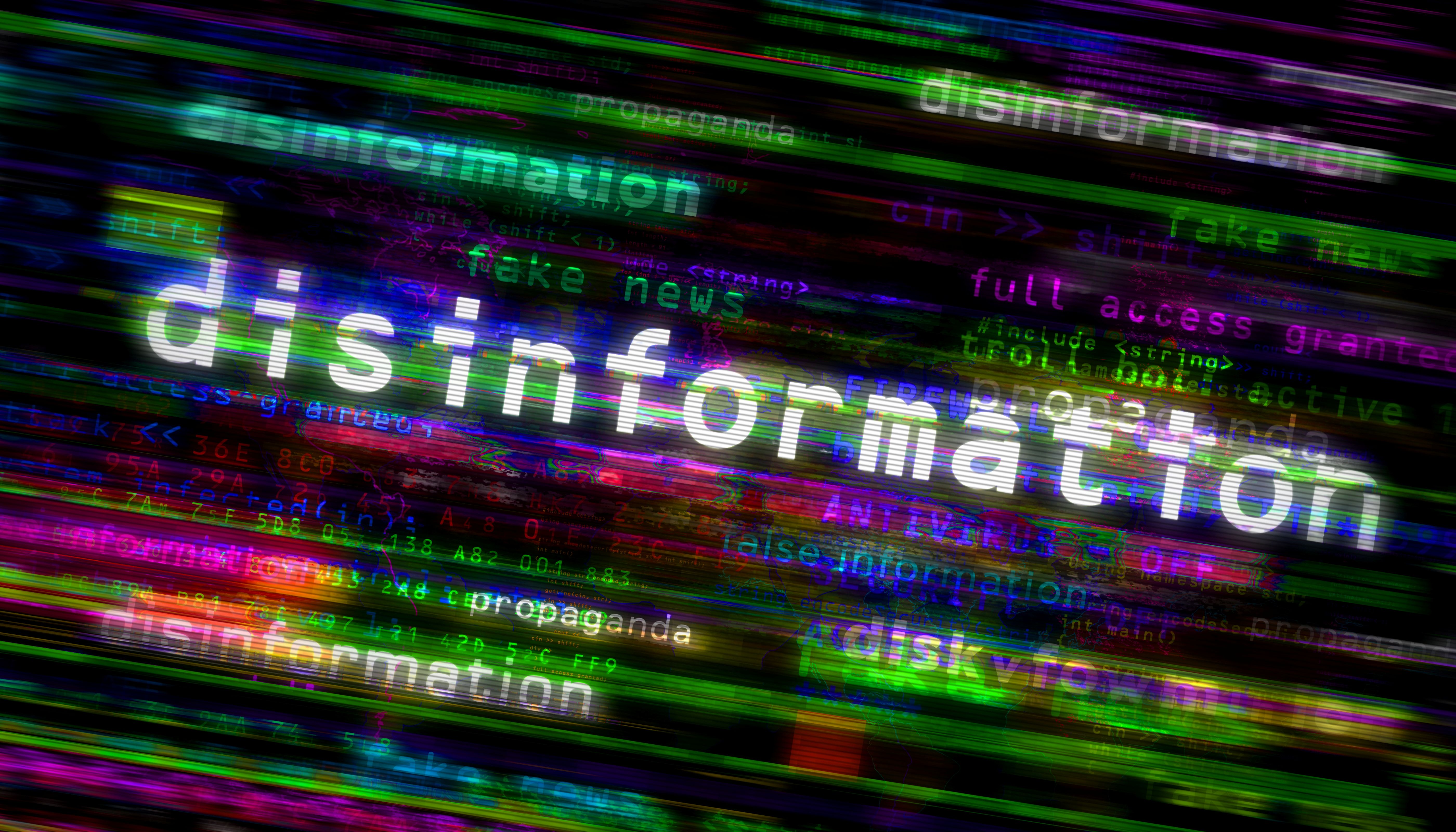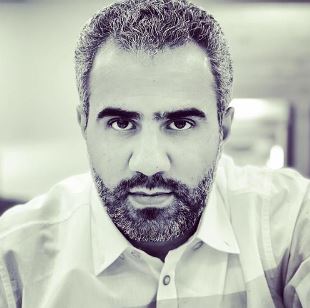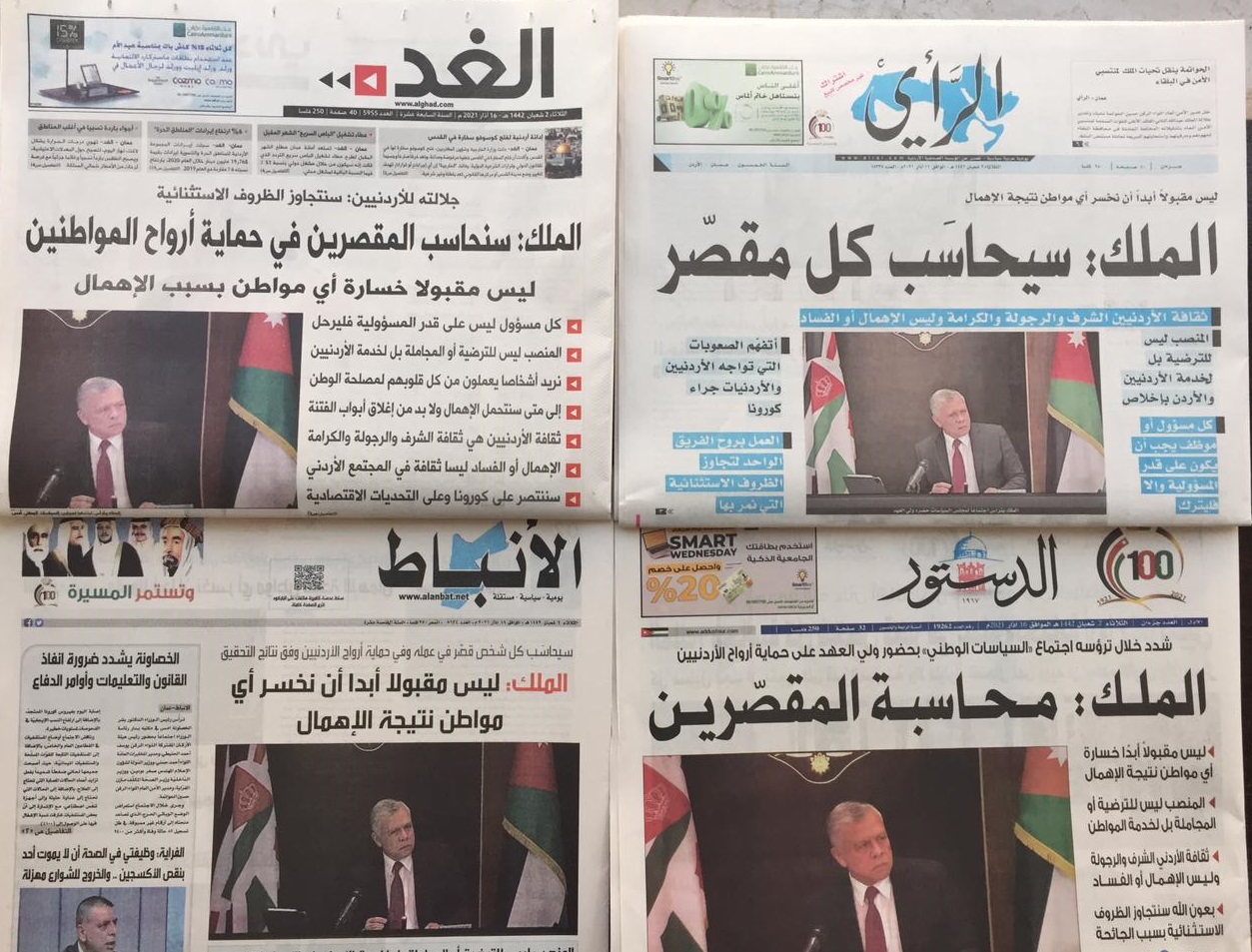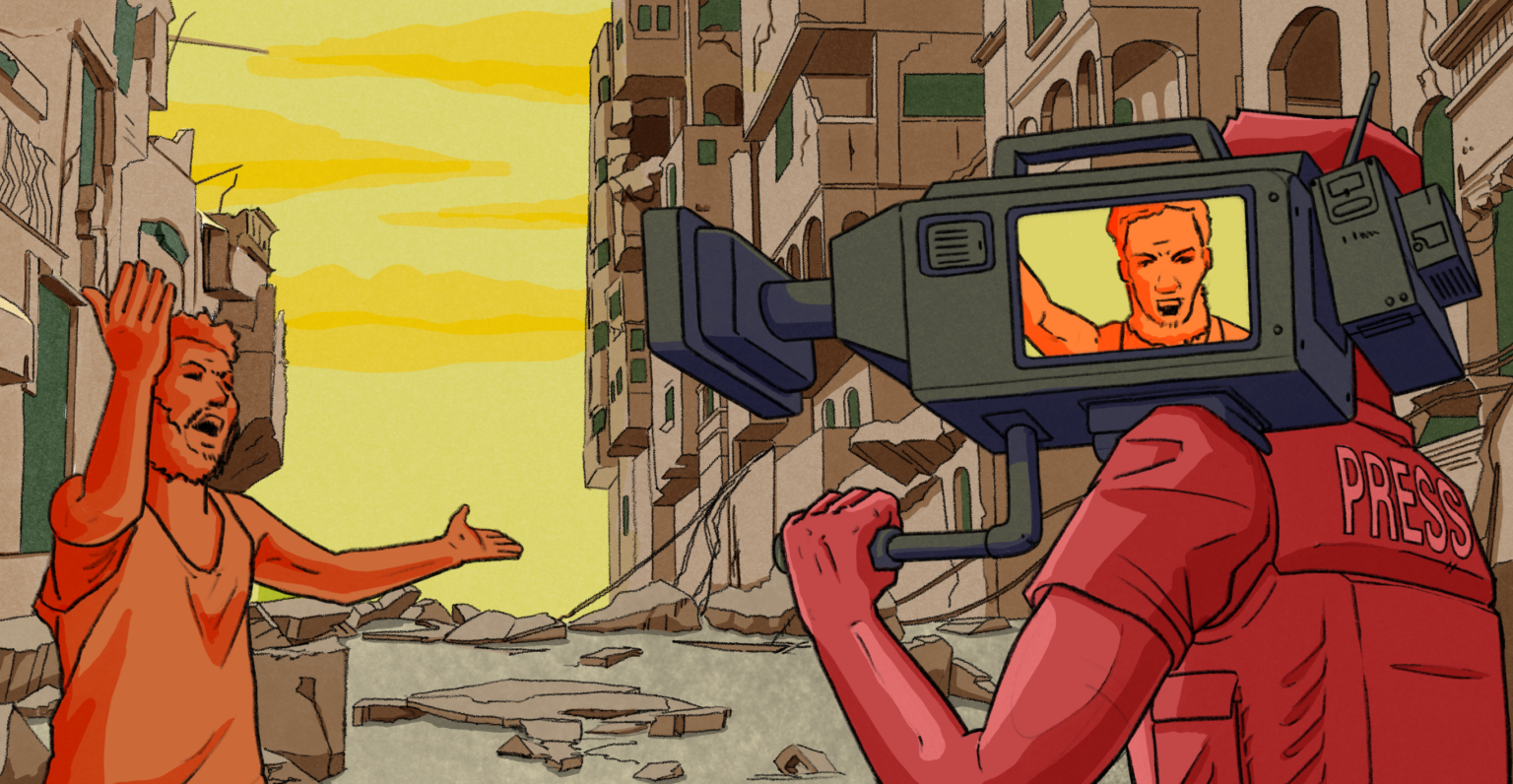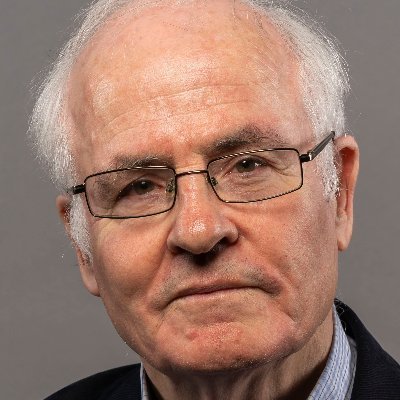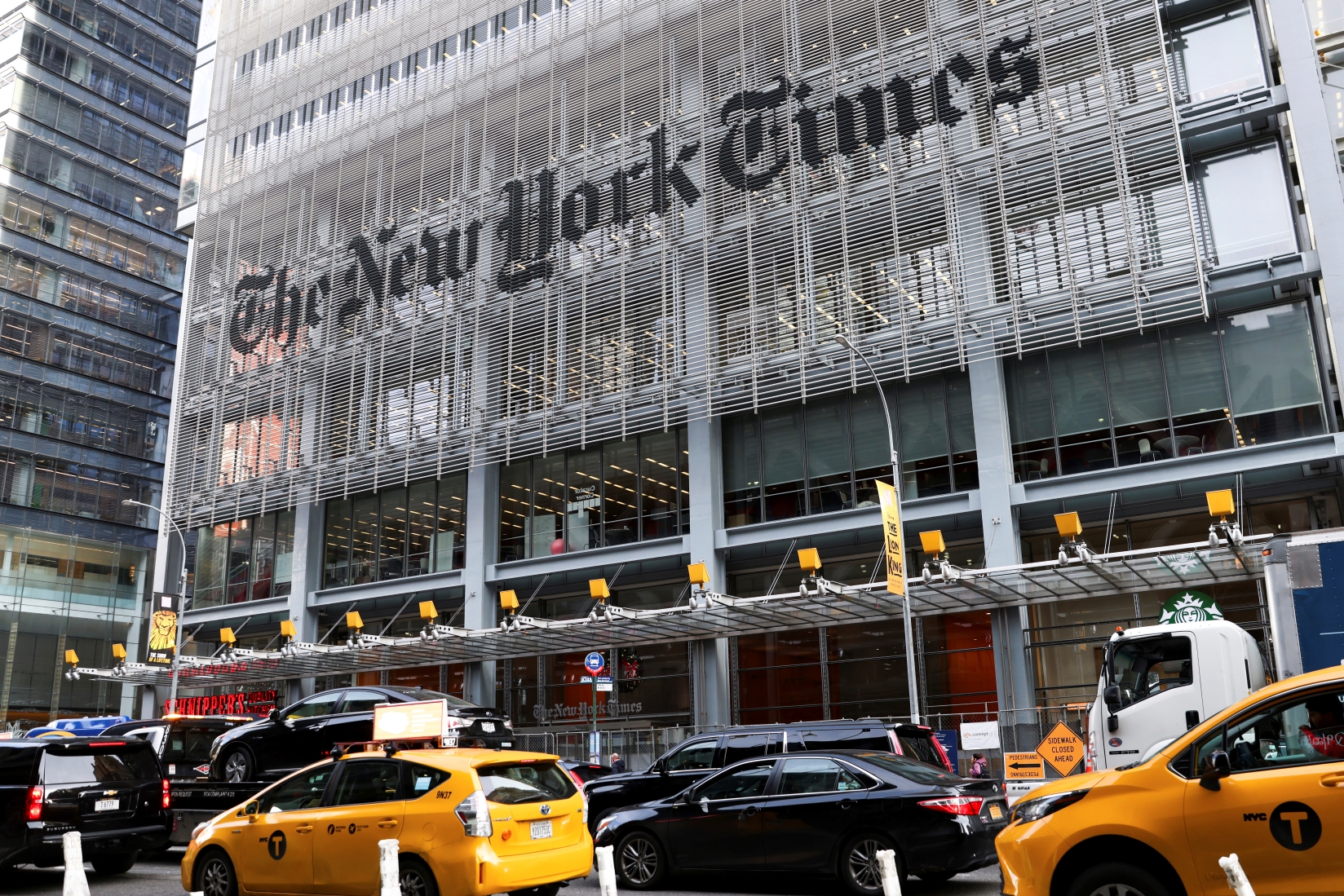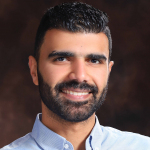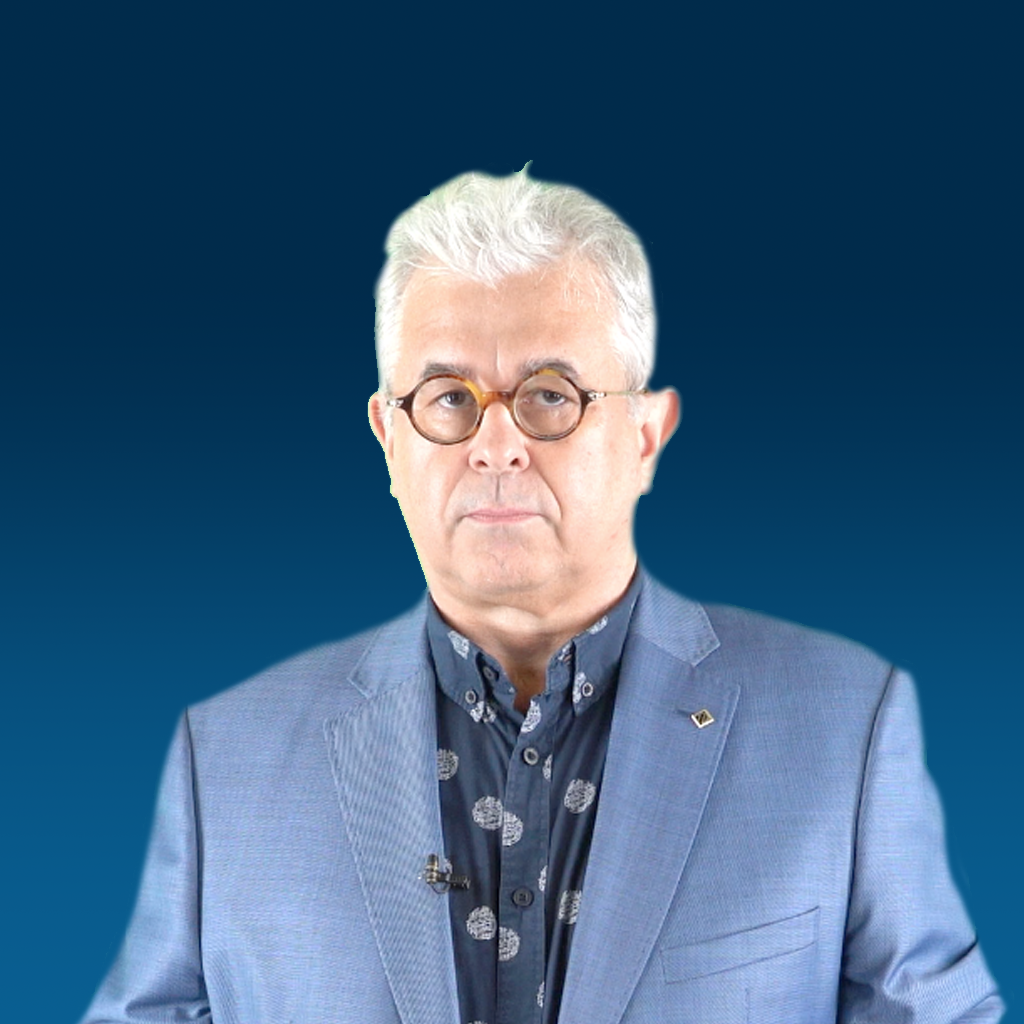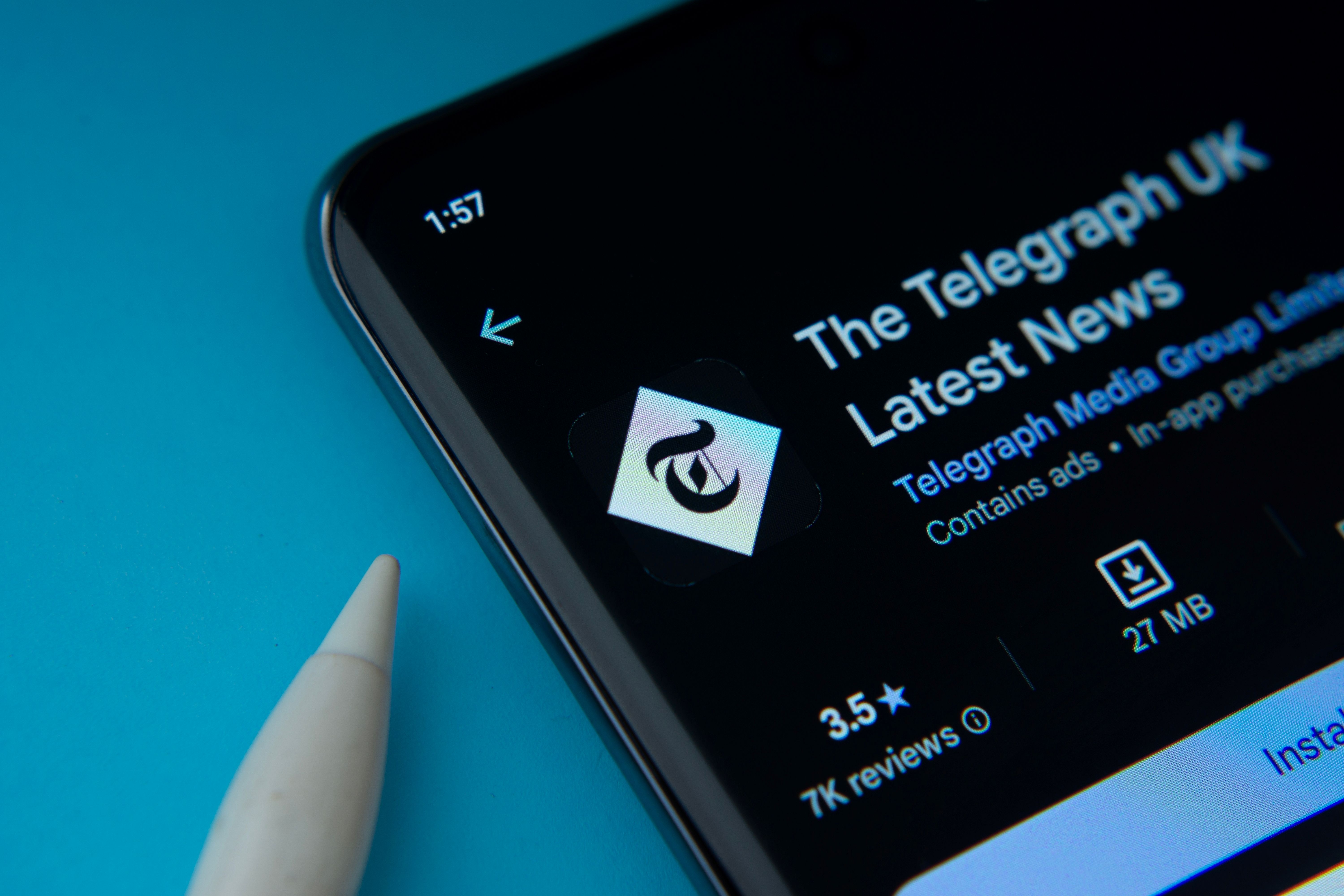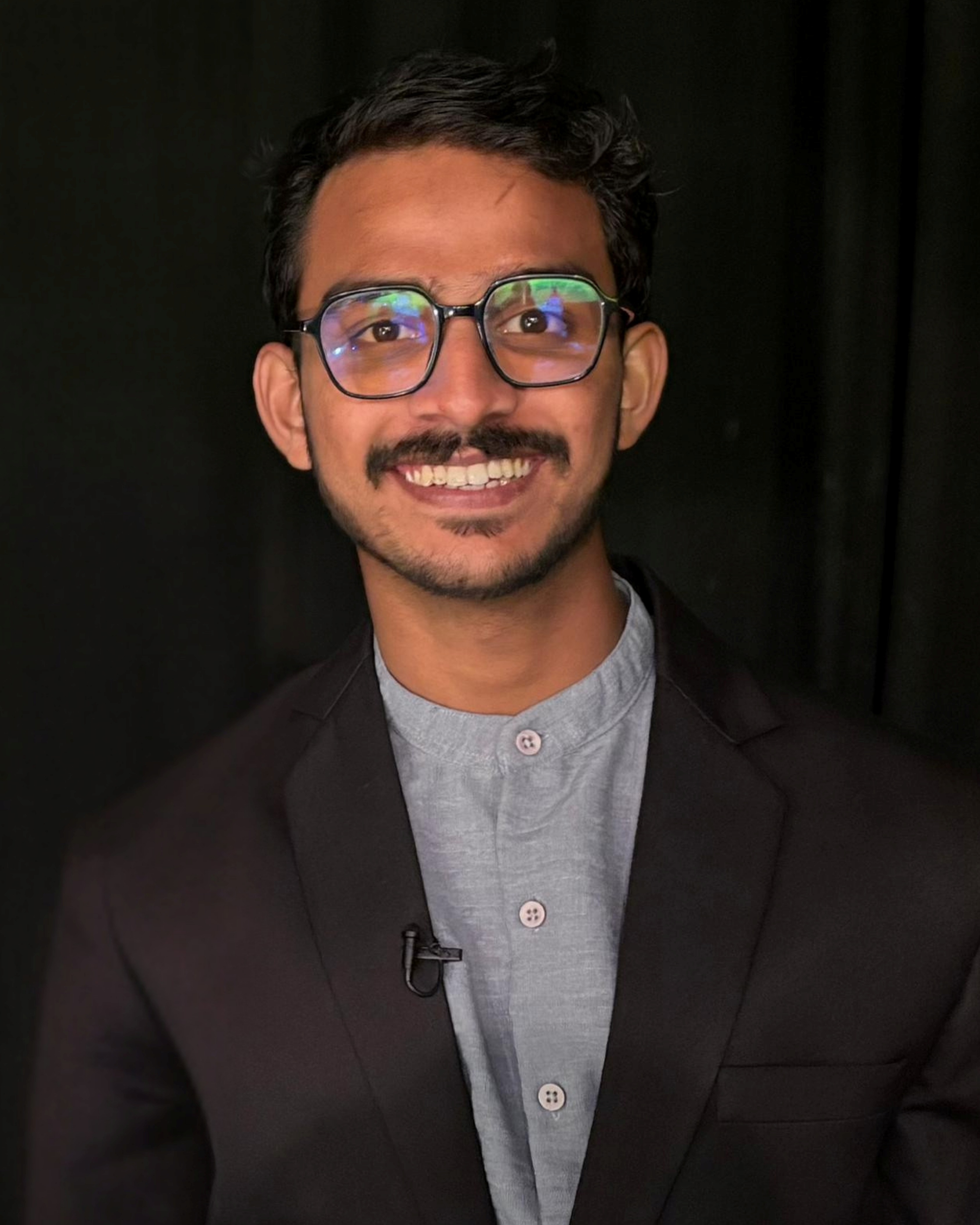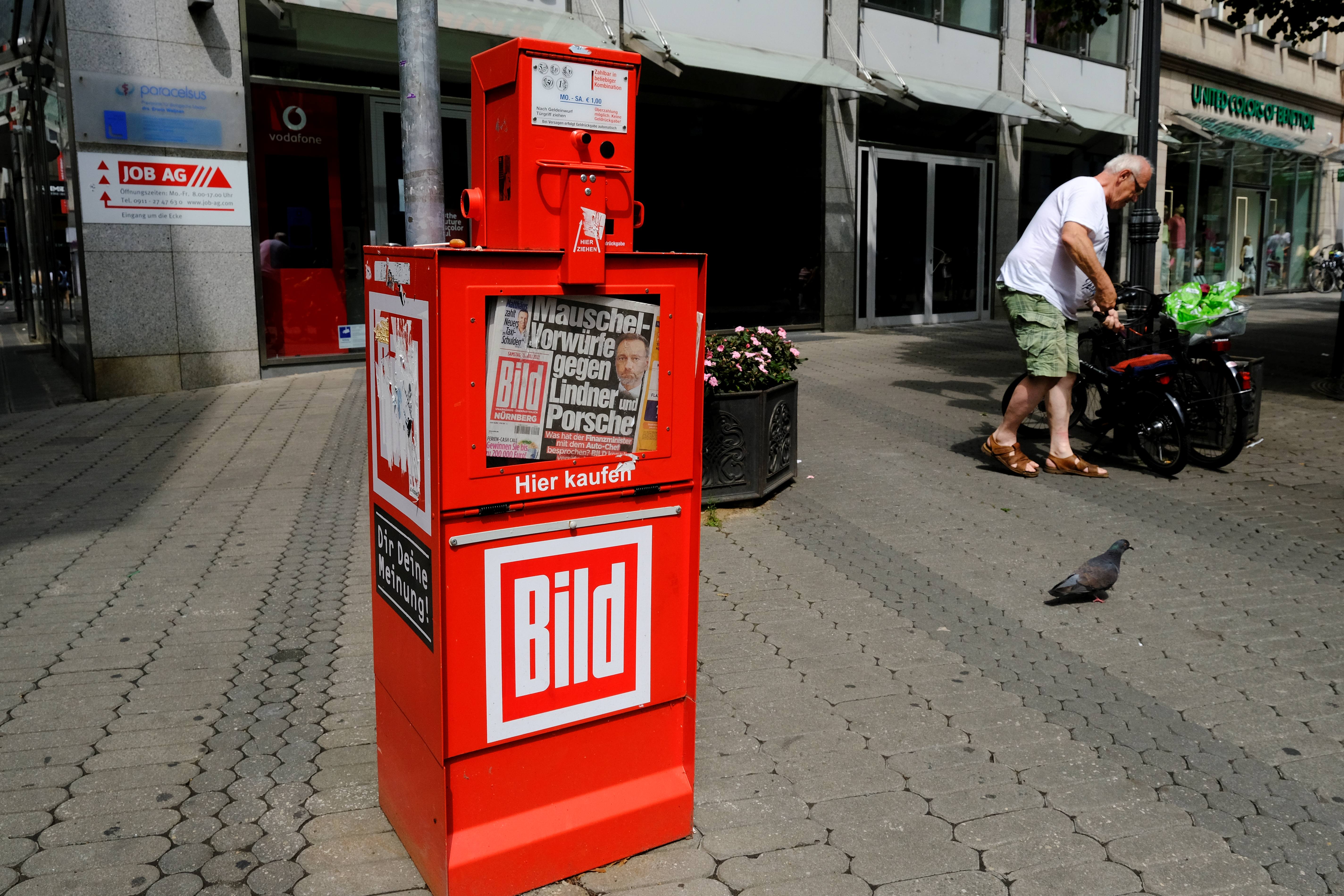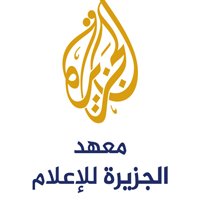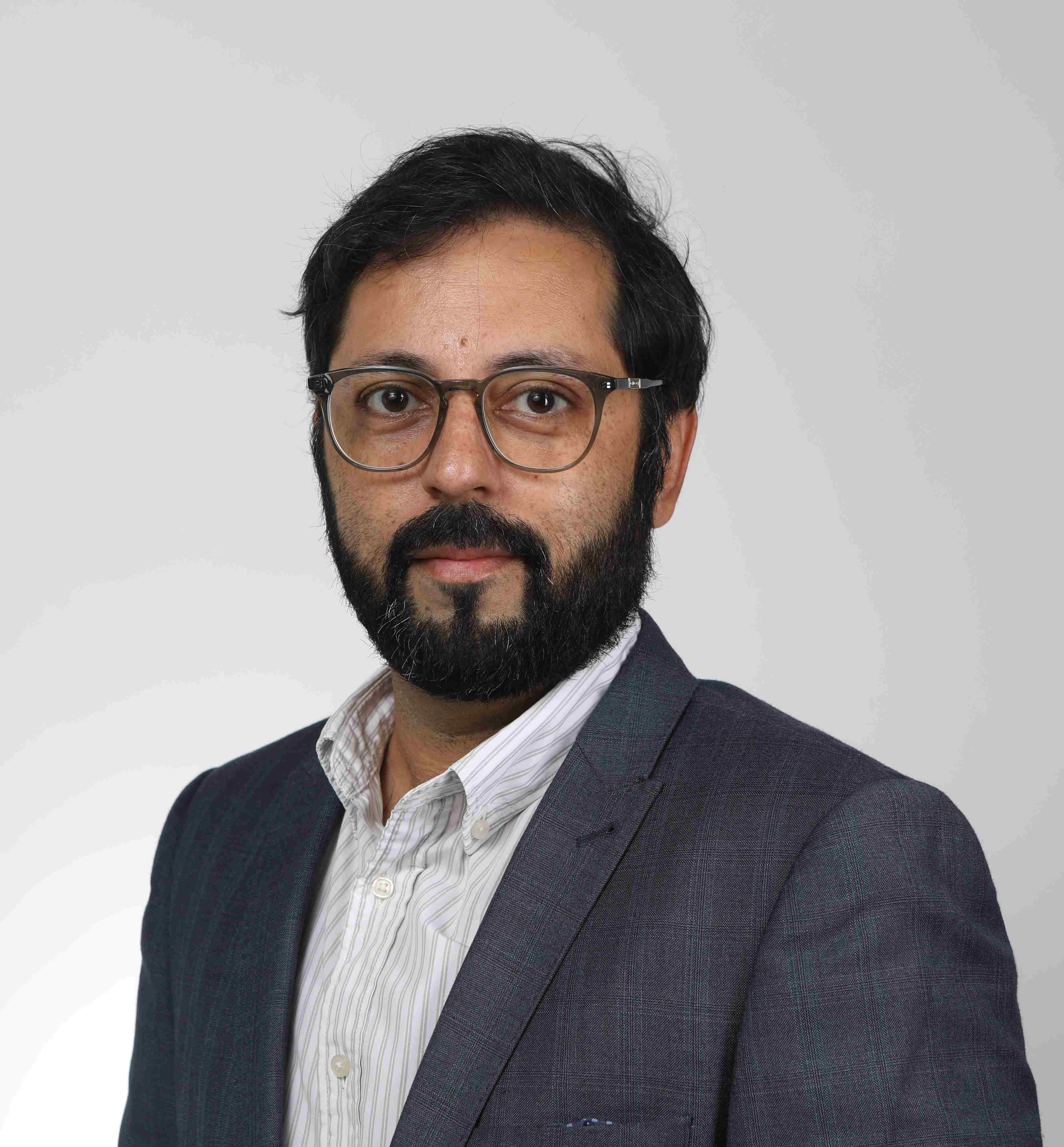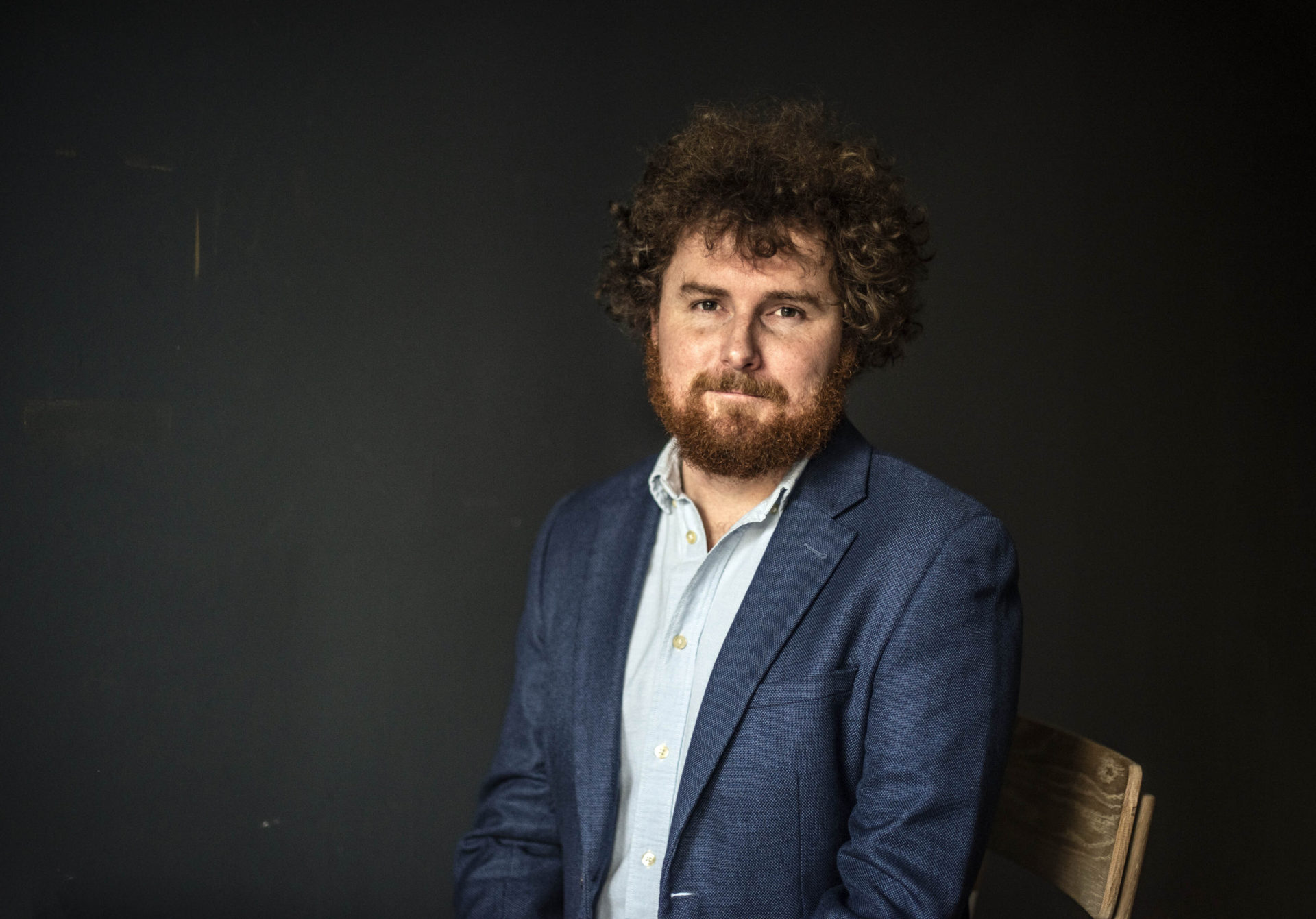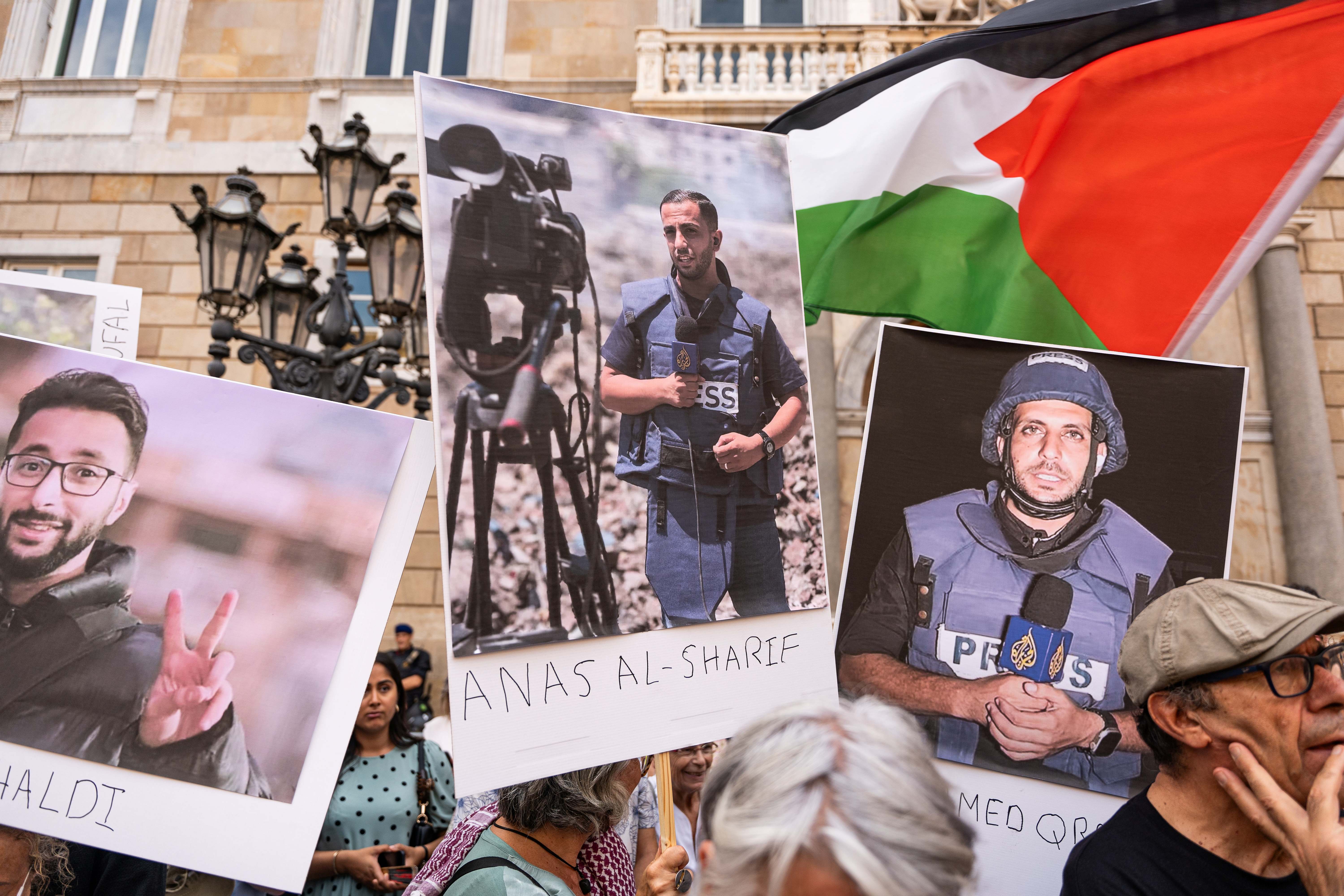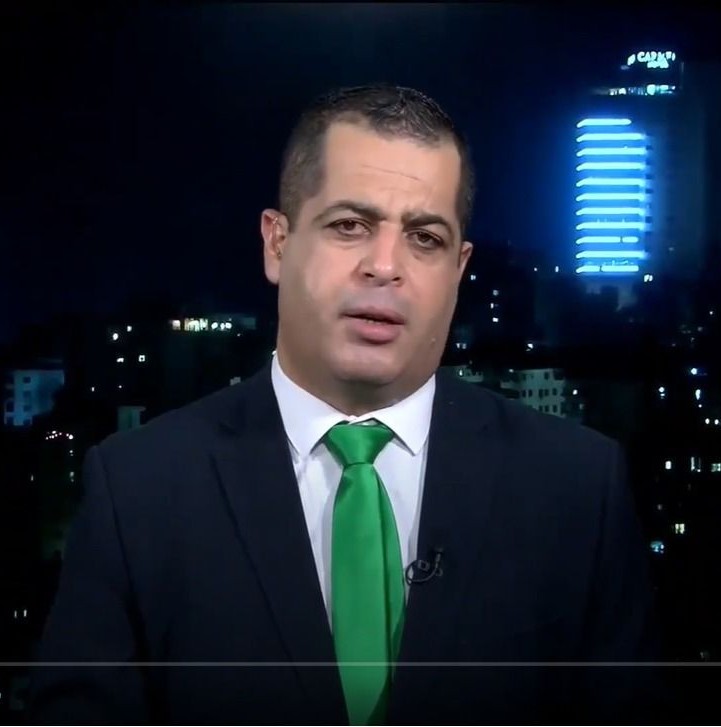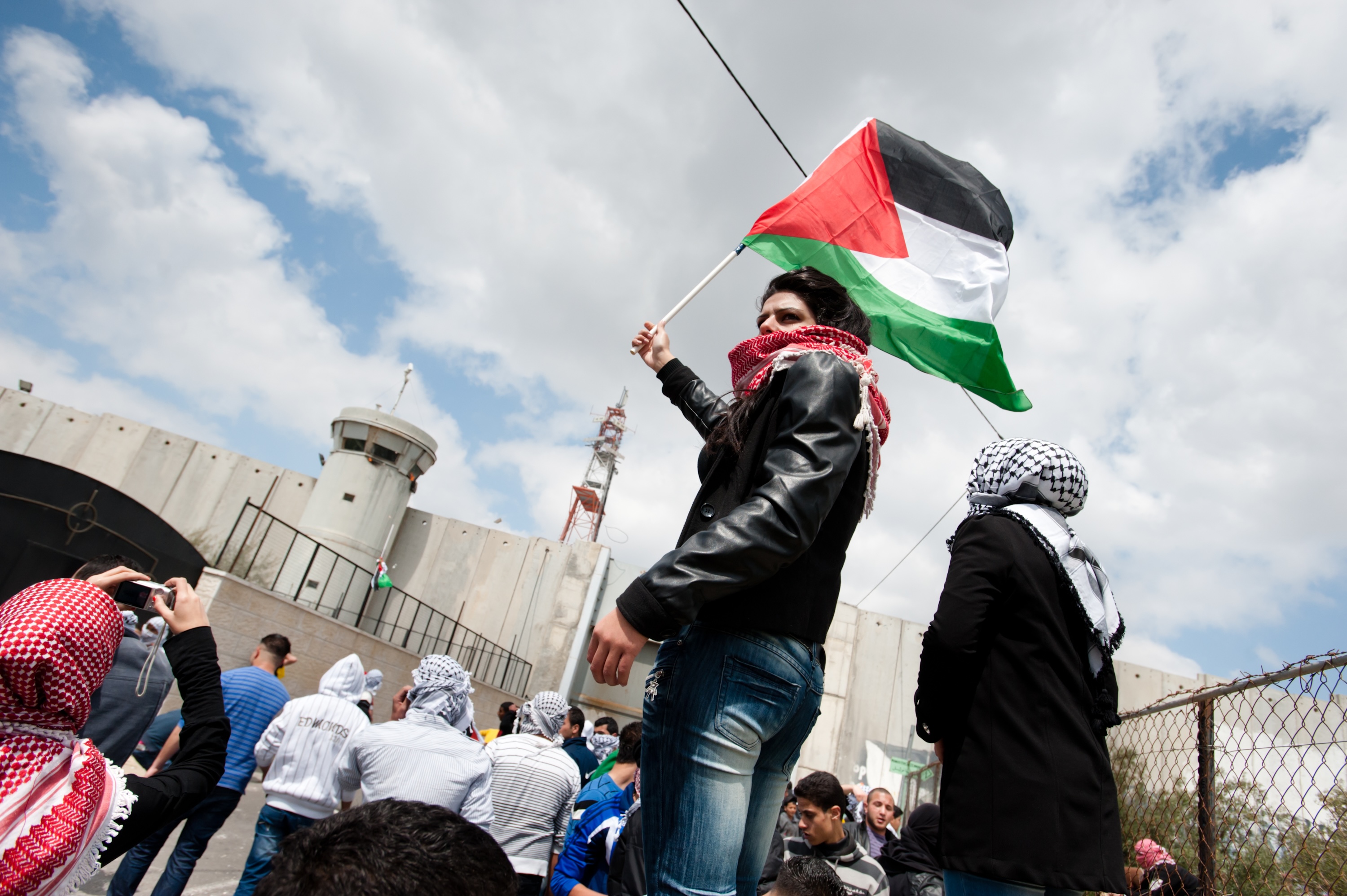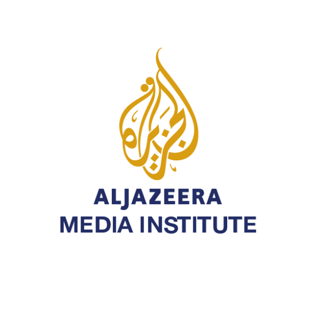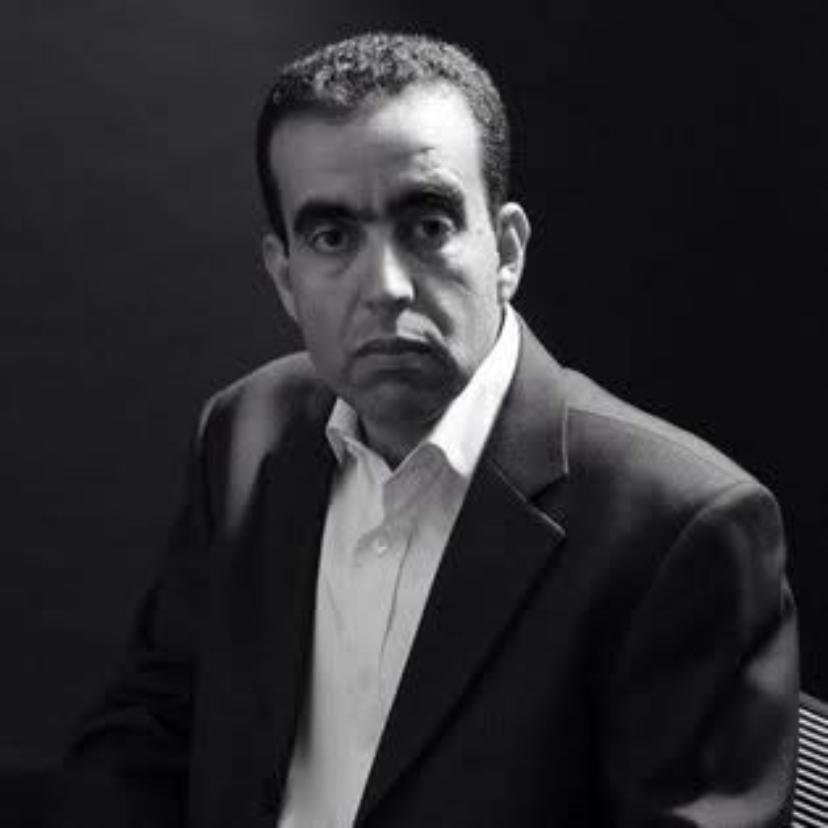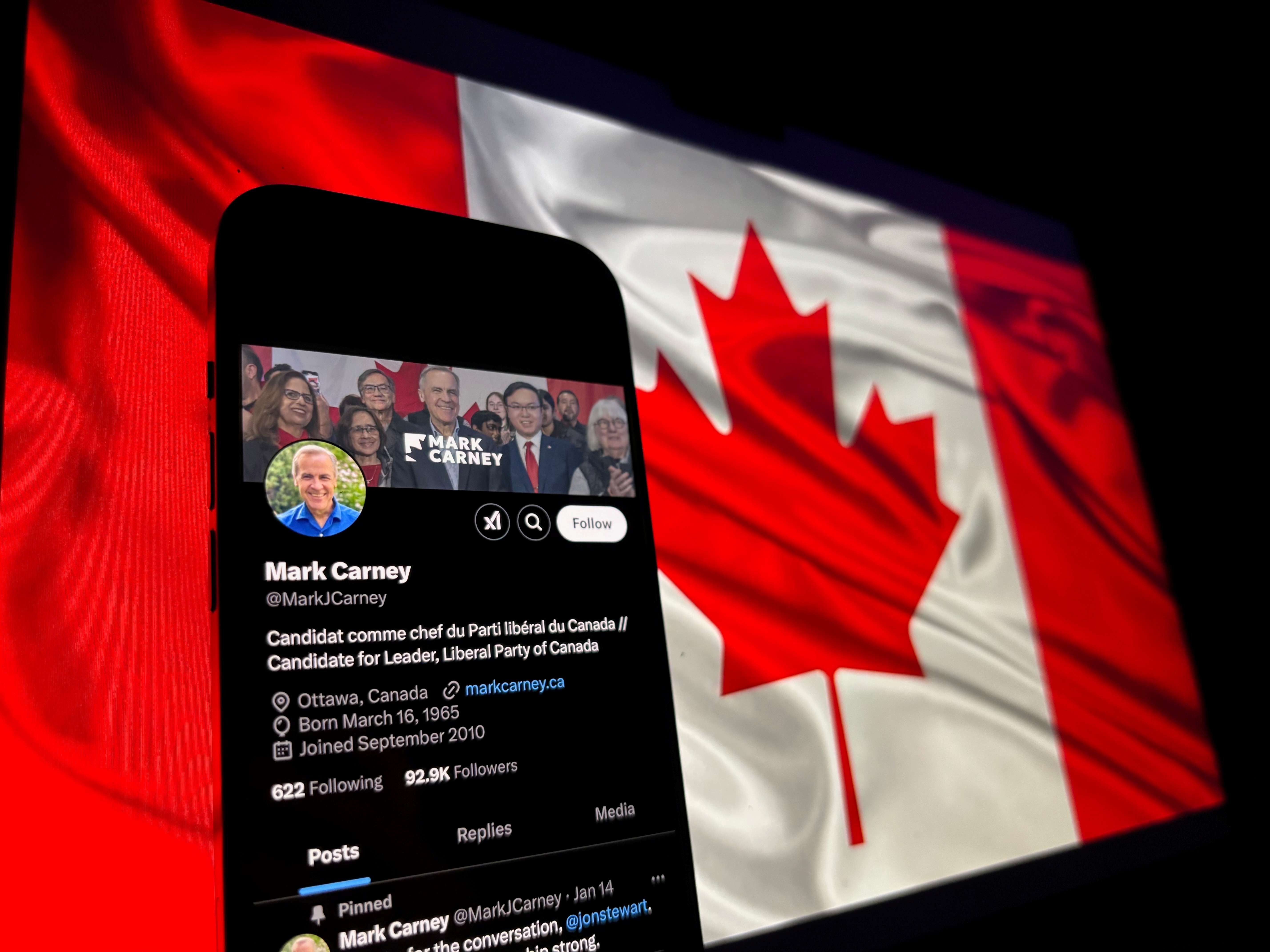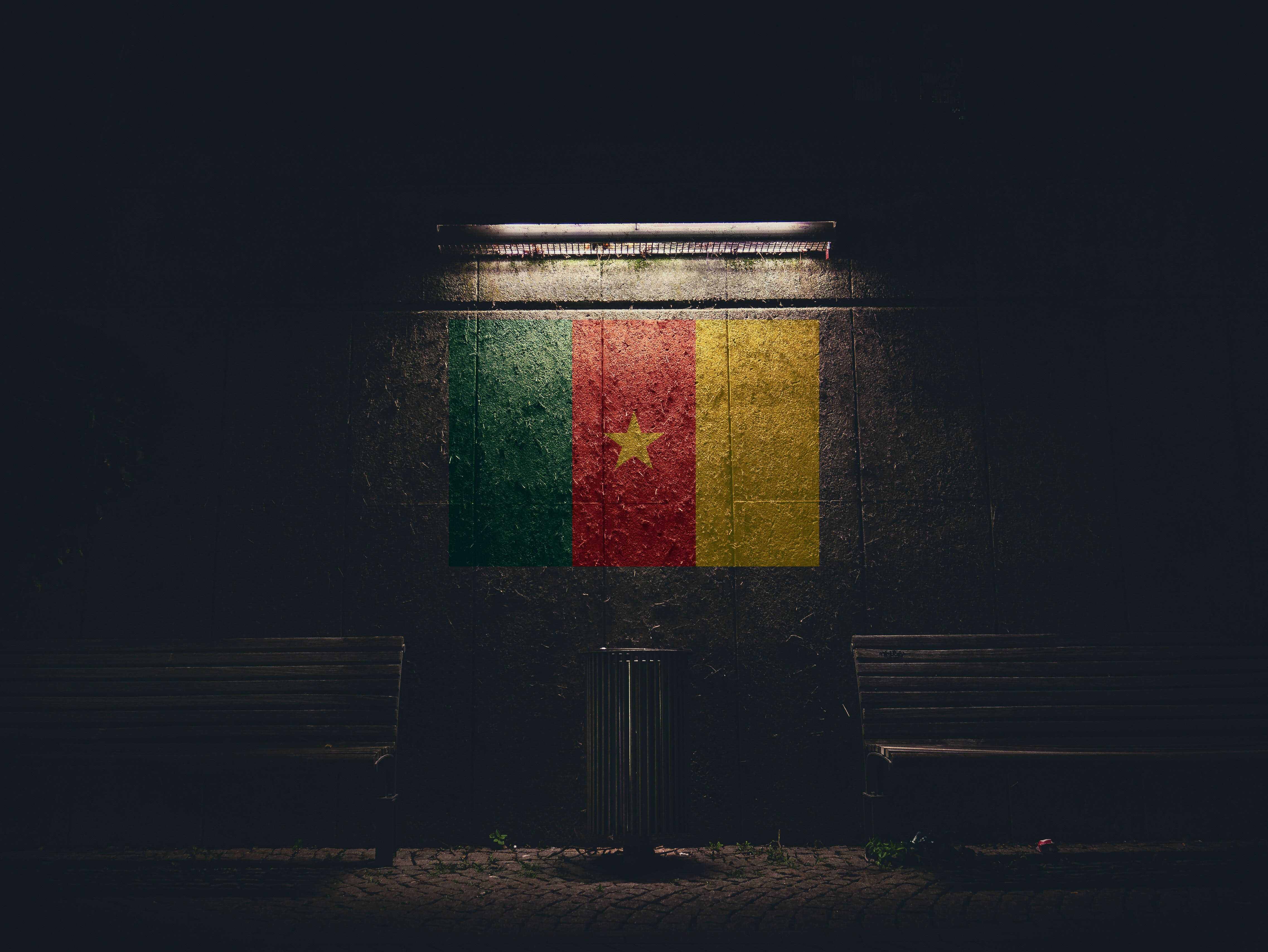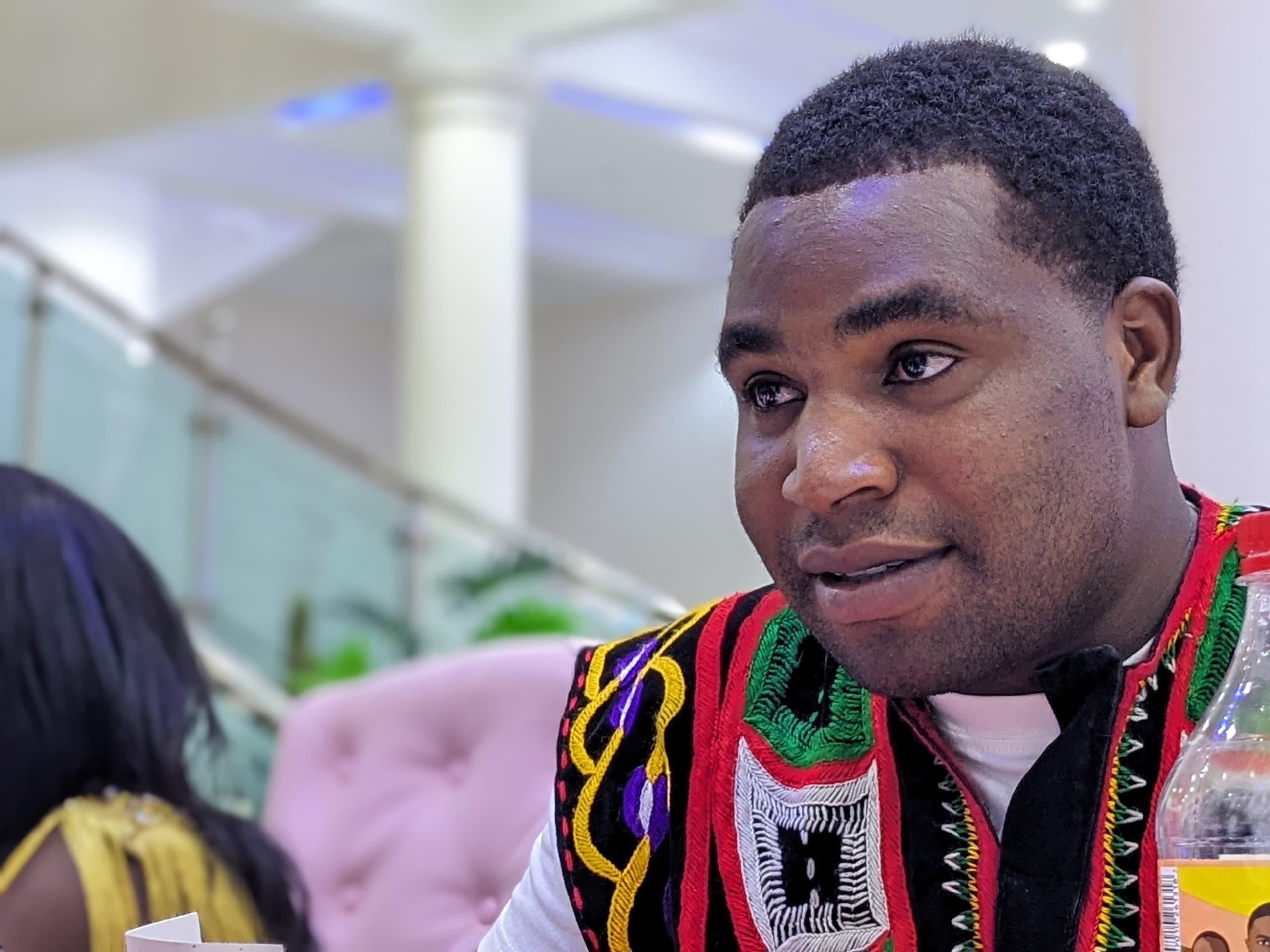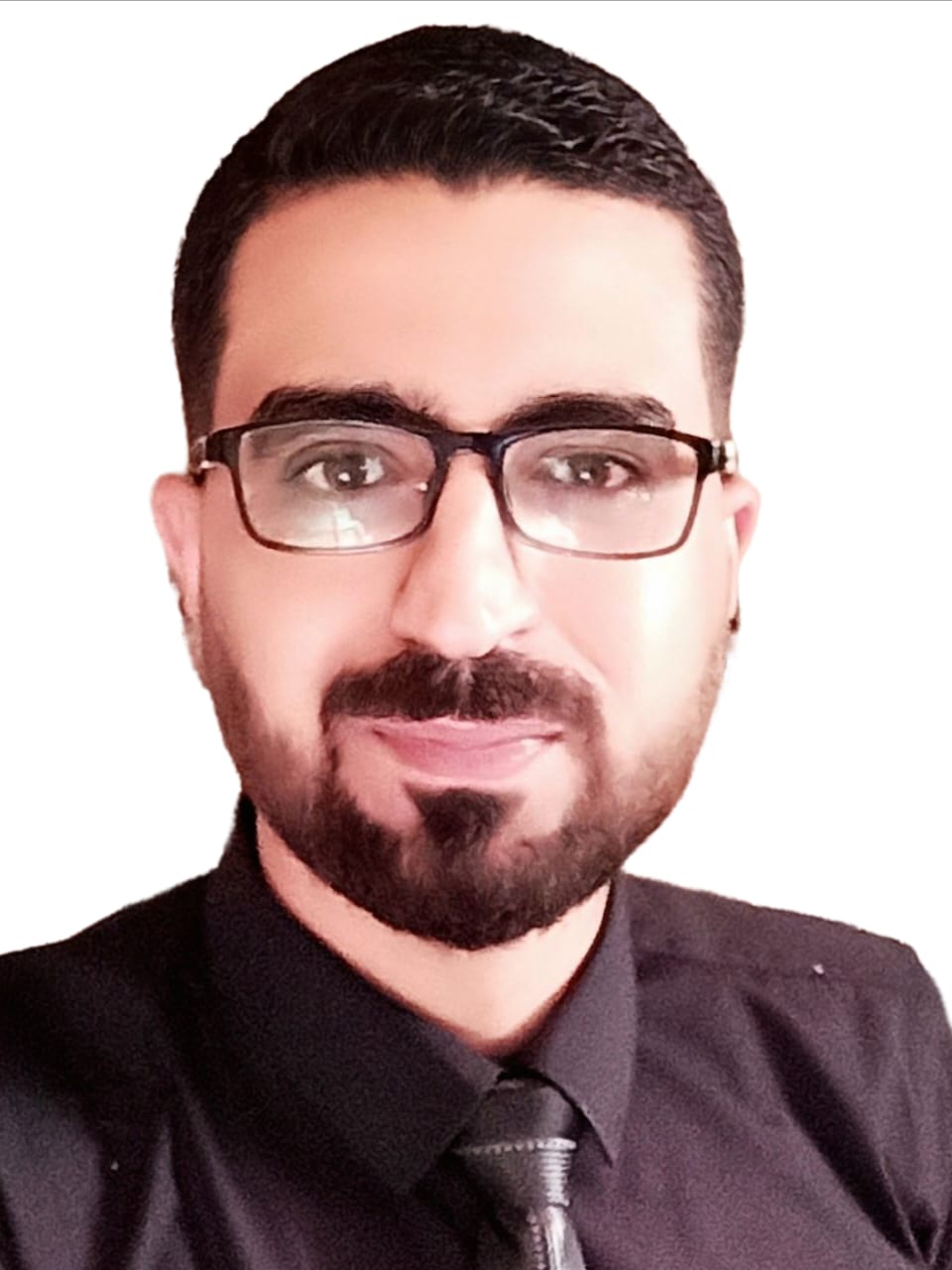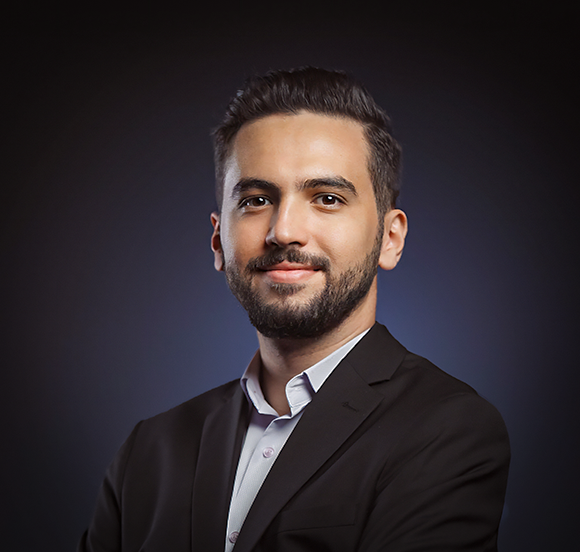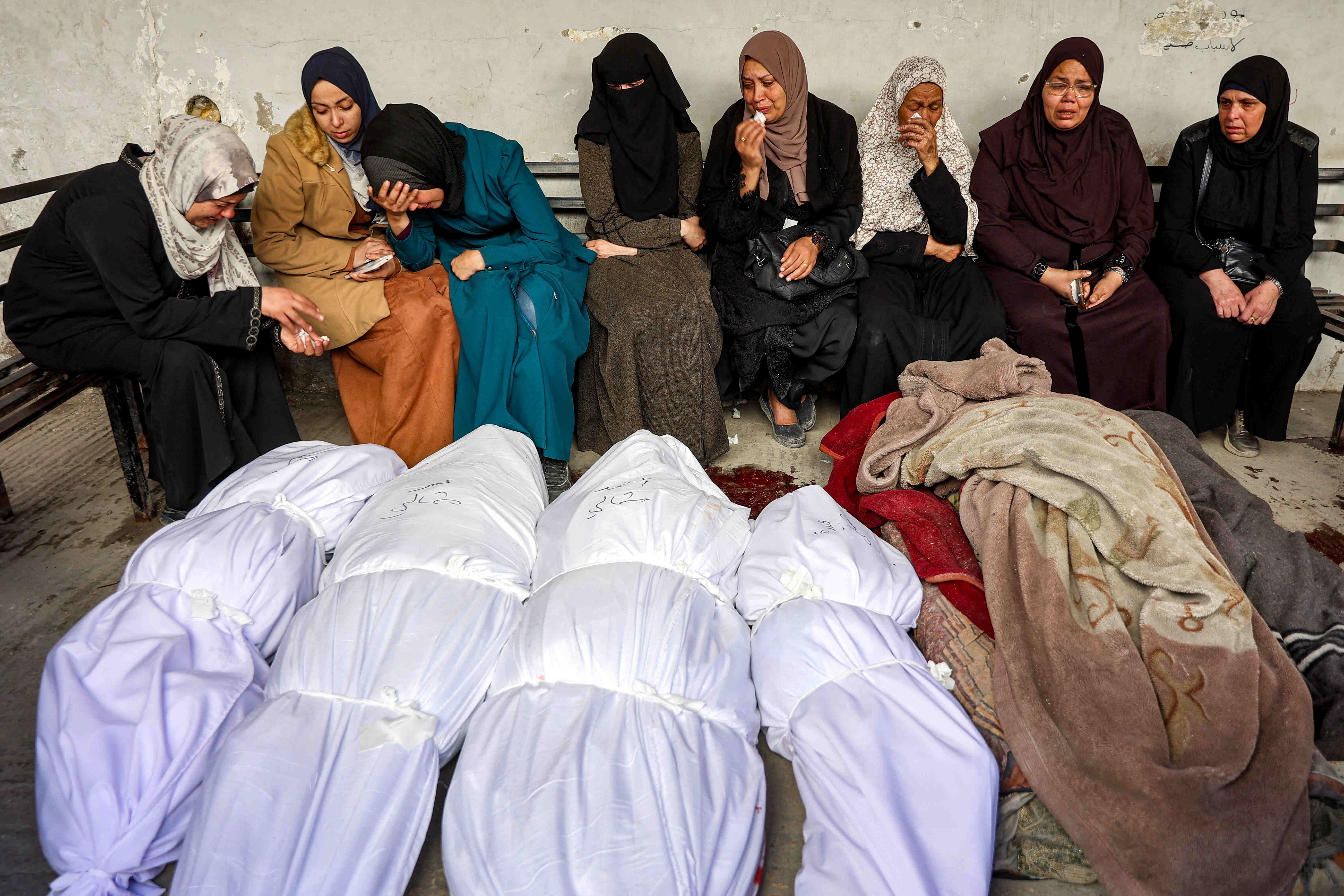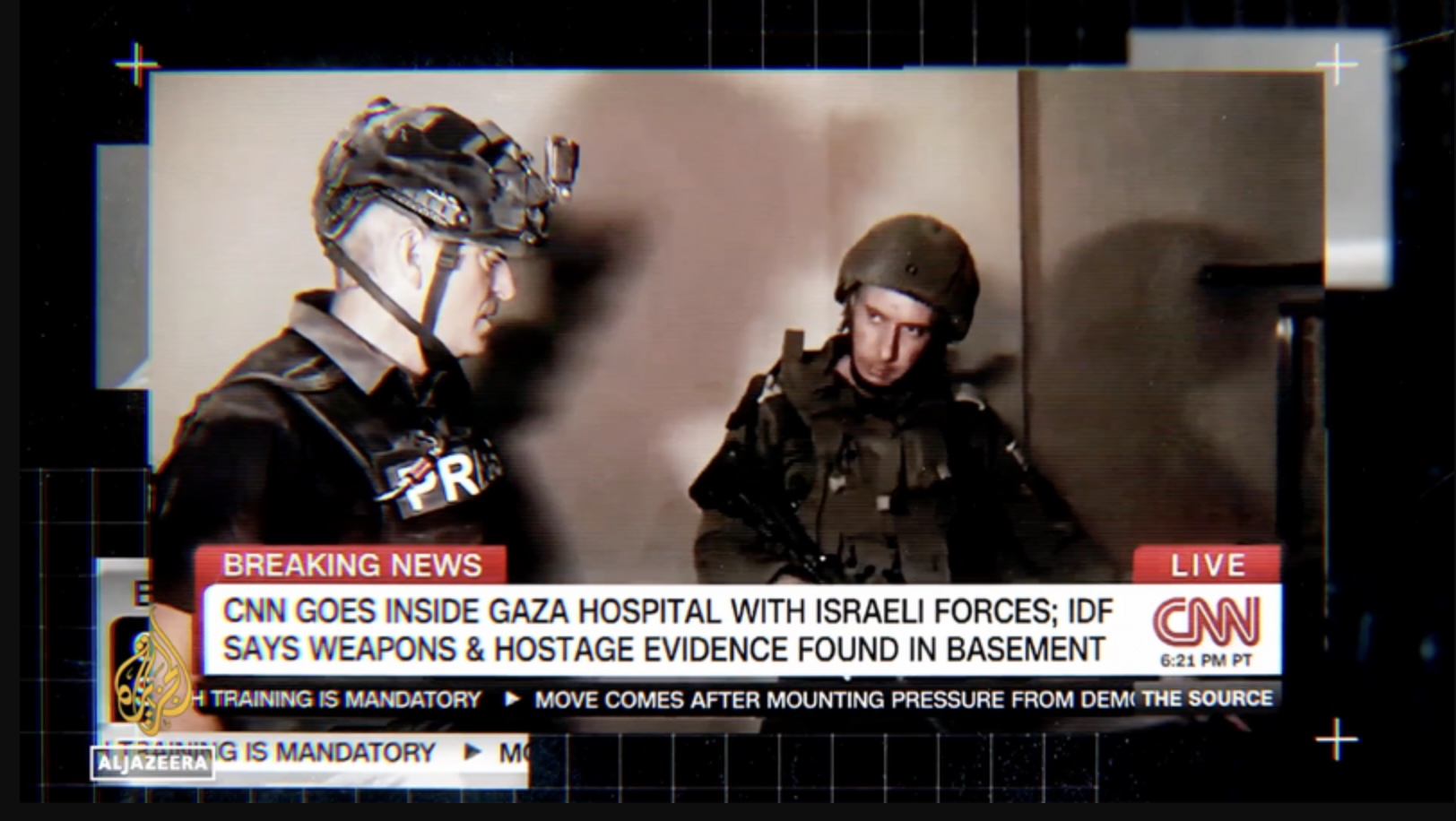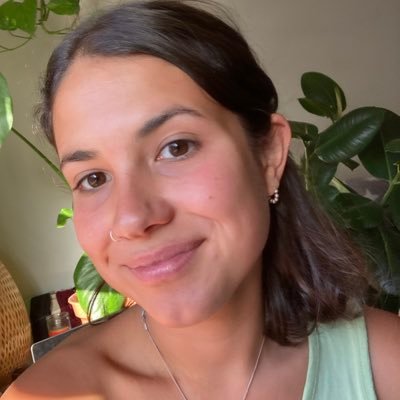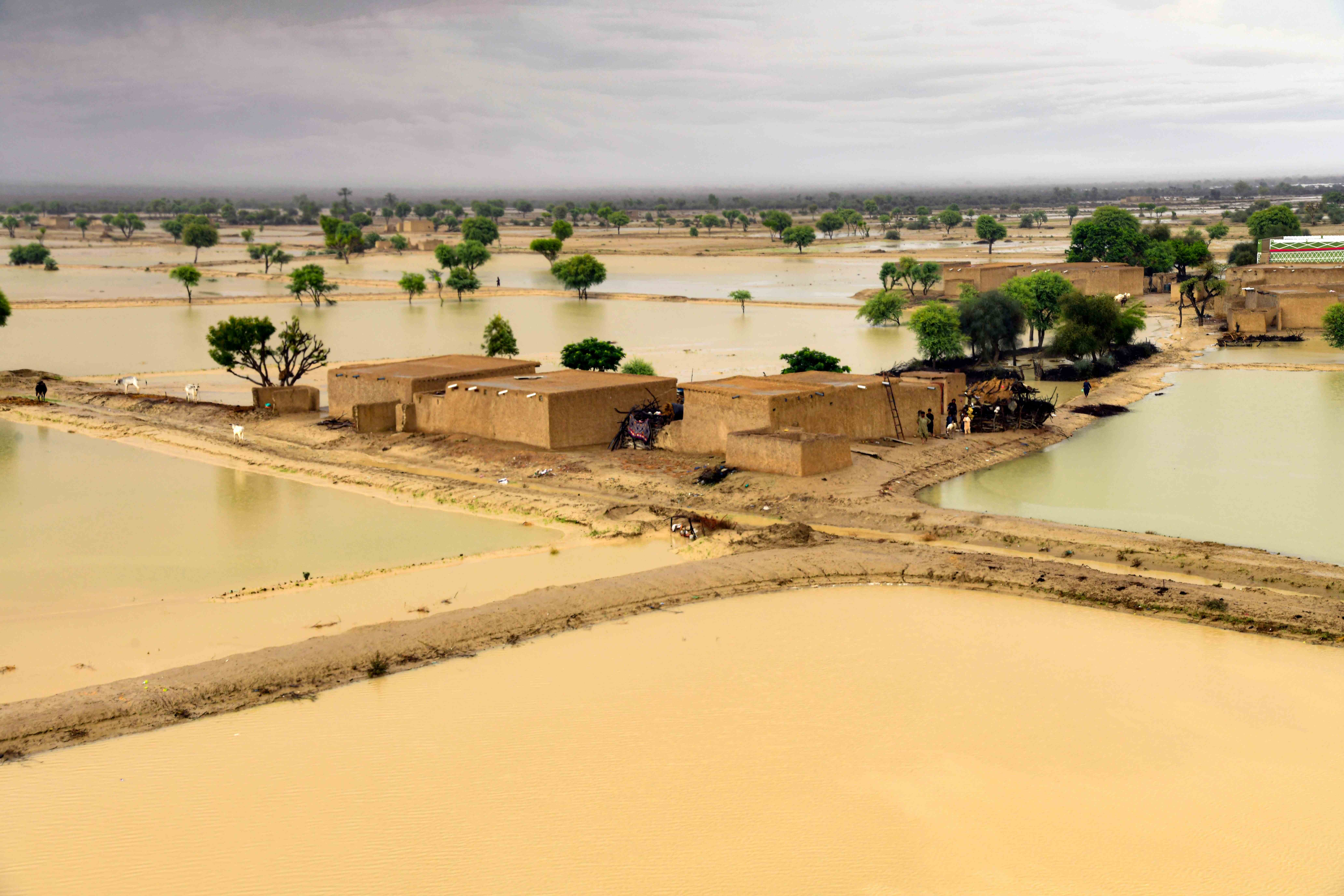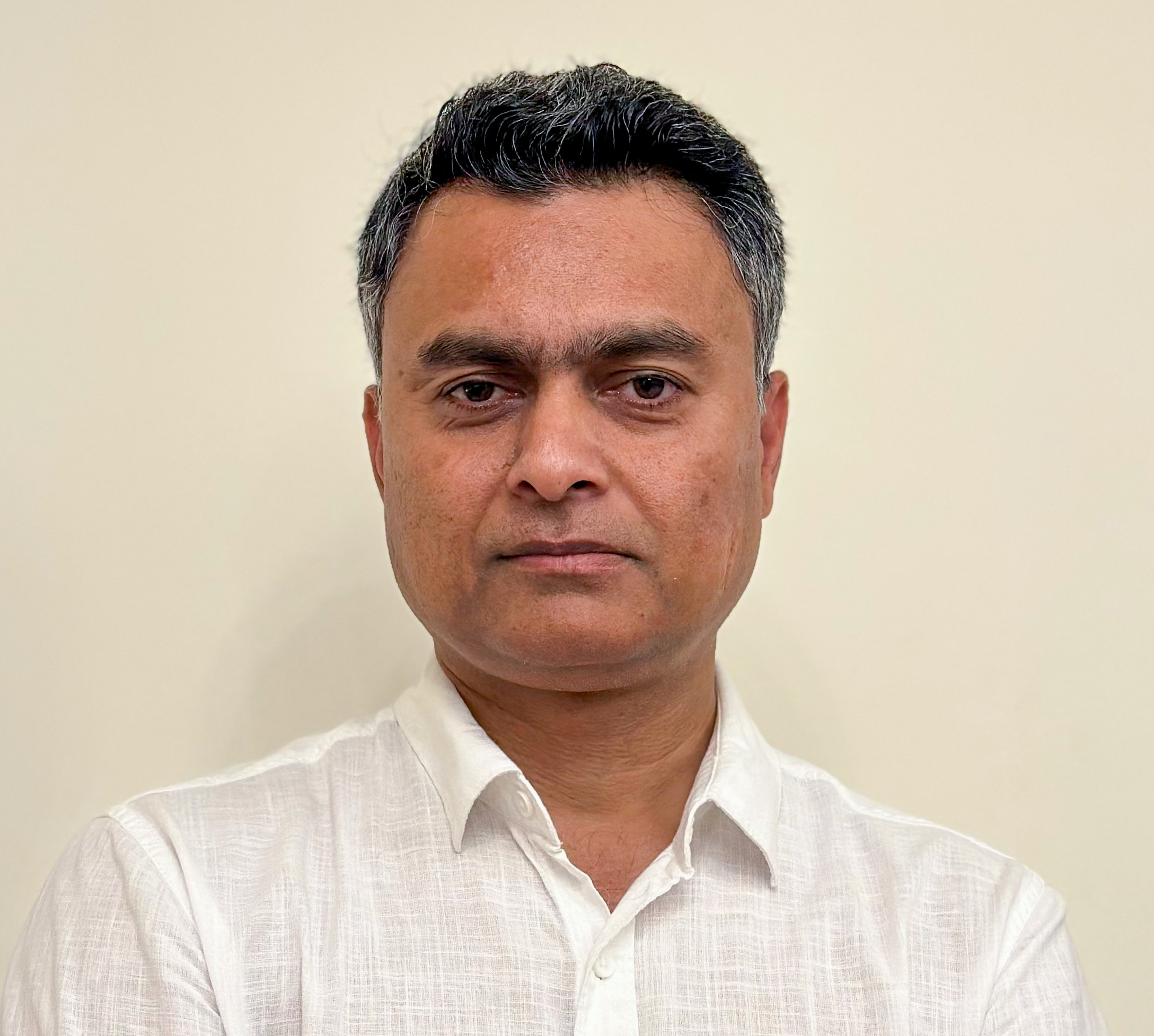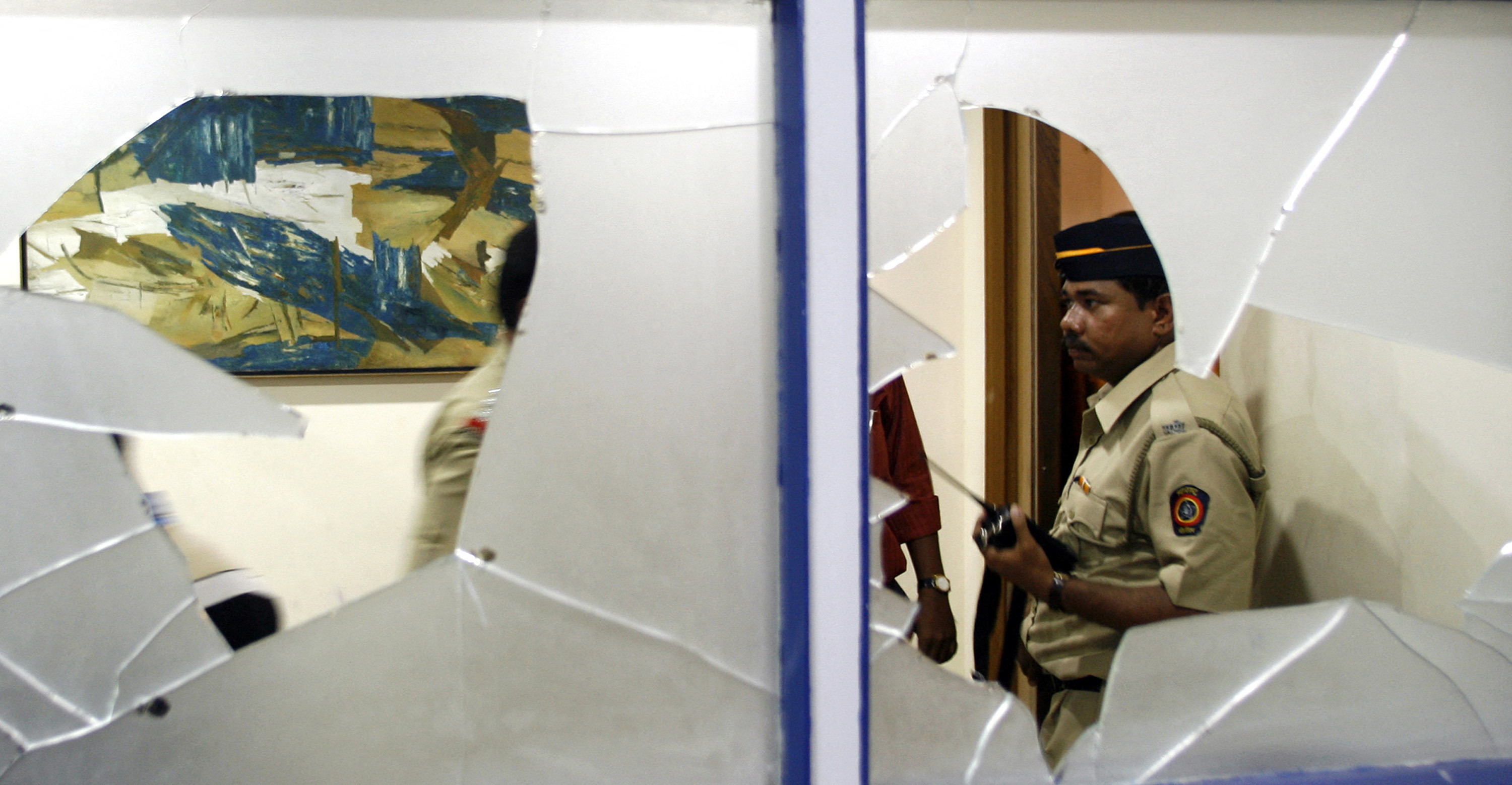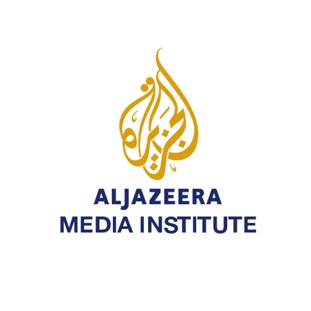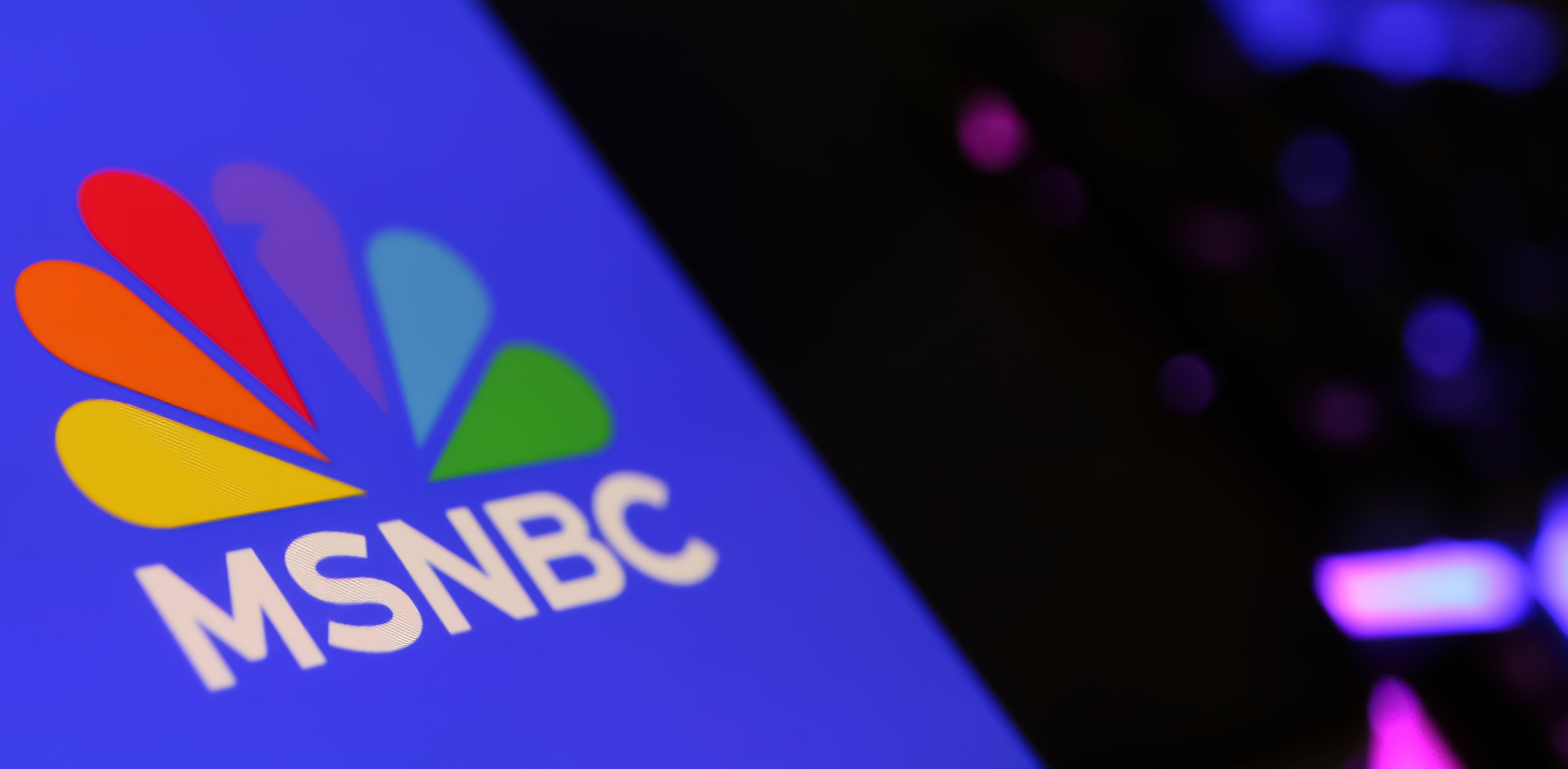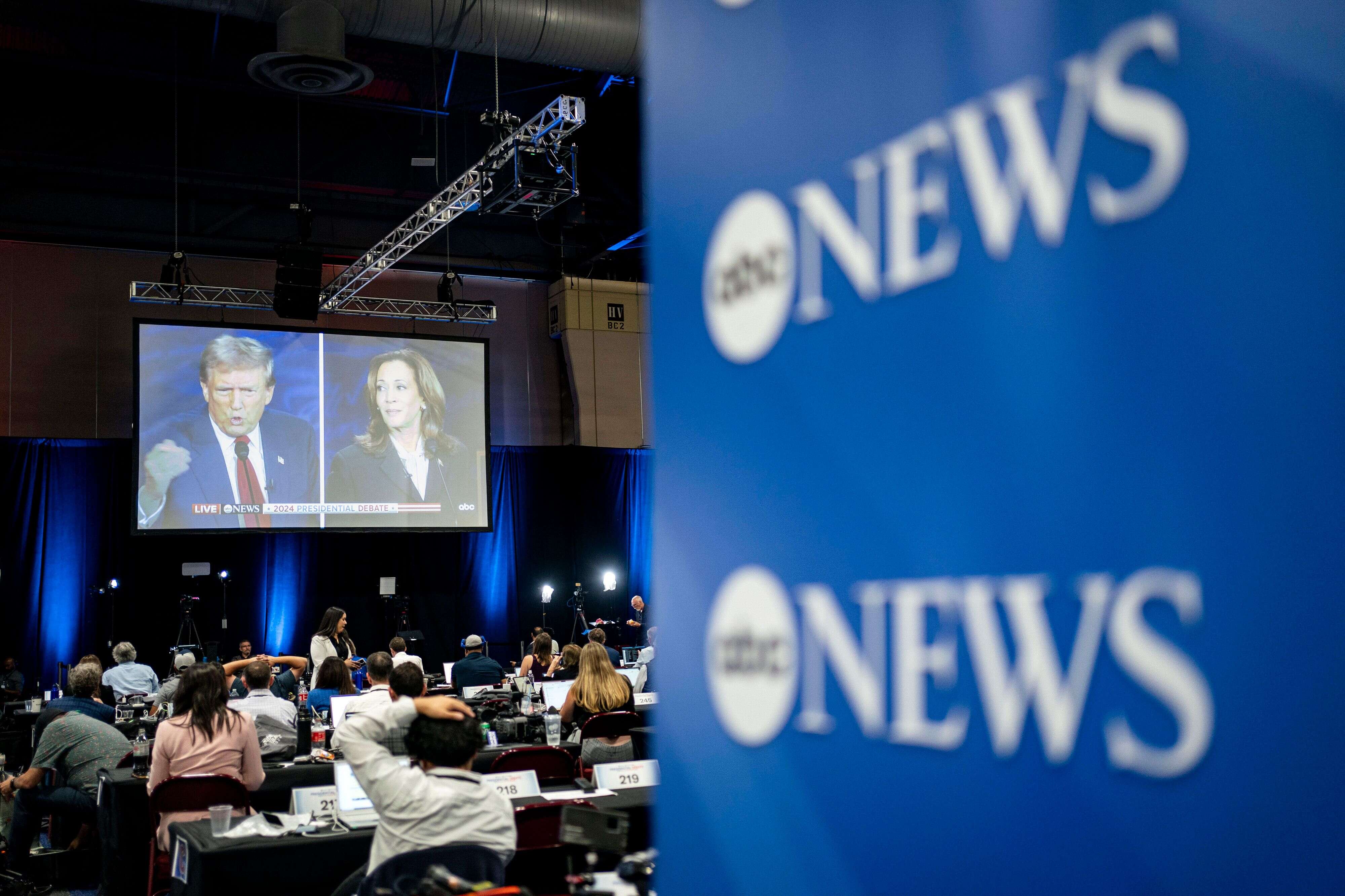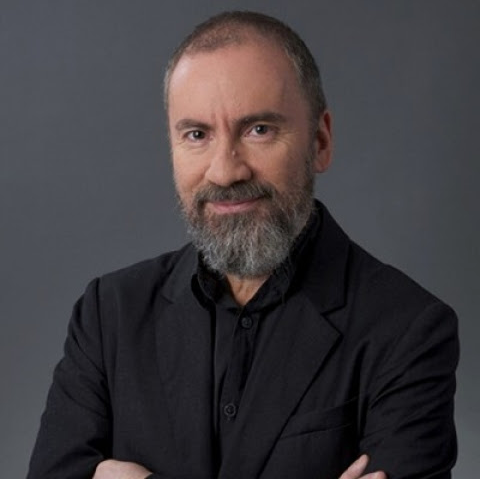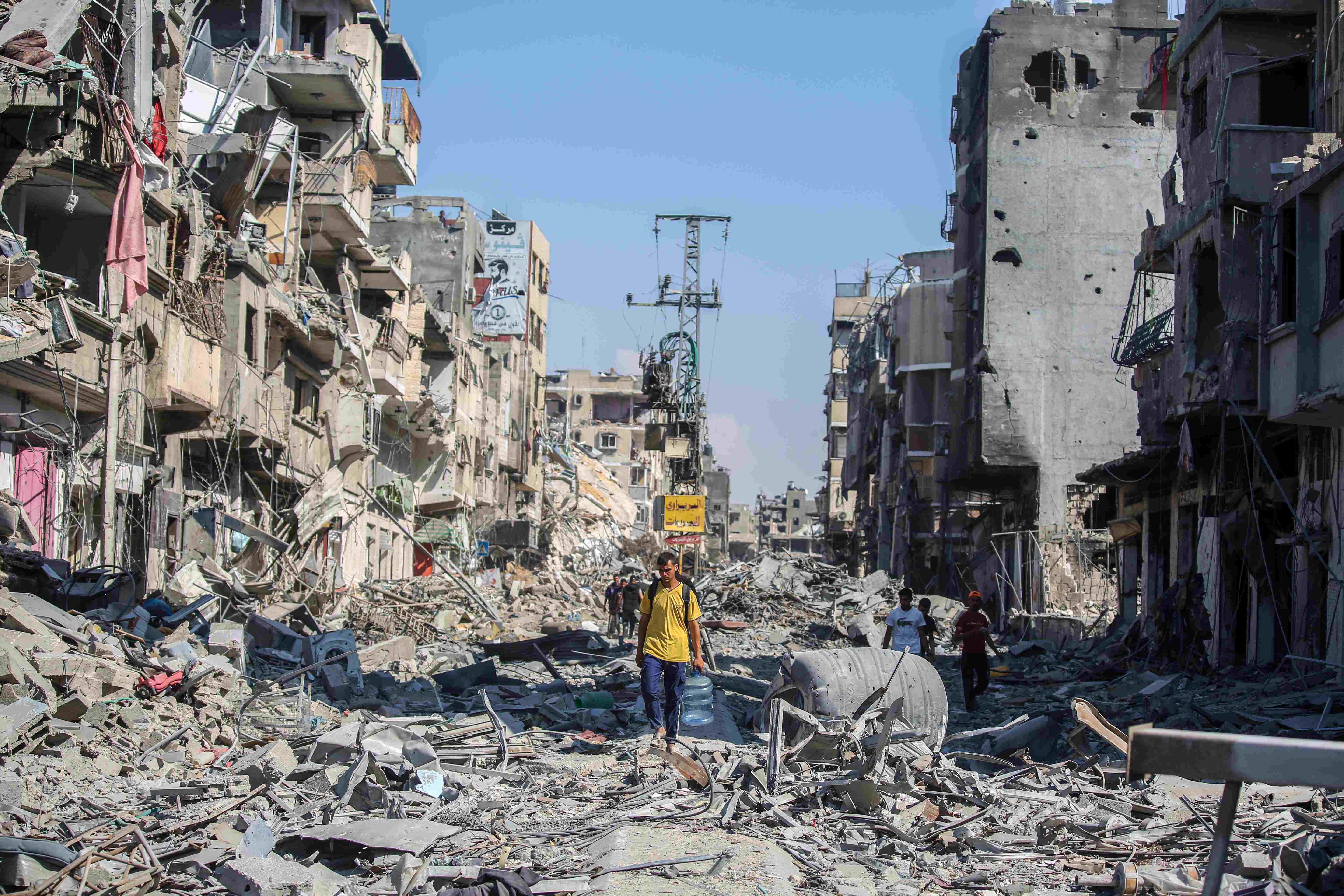This article was originally written in Arabic and translated into English using AI tools, followed by editorial revisions to ensure clarity and accuracy
From Context Manipulation to AI-Driven Digital Campaigns, Fact-Checkers Strive to Adapt to New Strategies and Methods of Fake and Misleading News Aimed at Constructing “Alternative Narratives.”
On International Fact-Checking Day, colleague Hassan Khodary presents the experience of Sanad, Al Jazeera’s fact-checking agency, with a particular focus on its work in tracking the falsehoods within the Israeli narrative surrounding the genocide against Palestine.
When wars and crises erupt and events escalate, the various parties involved often work to construct narratives that serve their own interests, aiming to gain supporters and boost their standing with the public. As a result, massive amounts of data and information—often misleading or false—begin to circulate. In today’s environment, information can "go viral" with extraordinary speed, but without any guarantee of its accuracy. This can mislead public opinion and contribute to greater social and political chaos and instability.
Fact-checking is not merely a technical task aimed at verifying the accuracy of information—it is an ethical practice that safeguards the credibility of journalism and the trust of the audience. In times of war, information becomes a strategic tool, and any manipulation or misinformation can have serious consequences. In this context, the role of journalists and editors becomes even more vital, as they bear the responsibility of maintaining media integrity and providing an accurate and trustworthy portrayal of events.
During a turbulent year filled with escalating events in Palestine, Lebanon, Syria, Sudan, Ukraine, and beyond, fabricated news and attempts to mislead public opinion emerged as a "main protagonist" across all these arenas. Manipulation of information is a key component of the media strategy employed by the Israeli occupation in its war on Gaza. As the intensity of what has been described as a genocide increases, the spread of fake news doubles—aimed at justifying military operations or swaying international public opinion in favour of Israeli policies. Some of this misinformation involves doctored images or videos used out of context or the dissemination of false reports regarding attacks on civilians and damage to infrastructure in Gaza.
Fact-checking is not merely a technical task aimed at verifying the accuracy of information—it is an ethical practice that safeguards the credibility of journalism and the trust of the audience.
Israel is not the only state using these methods, but it is among the most prominent actors engaging in intensive media campaigns to influence global public opinion. This campaign goes beyond just fake news; it also includes manipulating the geographic locations of missile strikes, using old or unrelated images, and, at times, publishing misleading reports about current events in Gaza as part of efforts to polish the state's image in international media.
The genocide in Gaza has demonstrated that the occupying power has not hesitated to use all available tools to legitimise on-the-ground actions that qualify as war crimes. Israel has employed artificial intelligence technologies to spread narratives that serve its strategic objectives, whether by exaggerating military victories or falsifying accounts of violations. Israeli institutions have also used AI-powered content analysis tools to monitor discussions on social media, analyse public opinion trends, and then craft counter-narratives using the same language and vocabulary favoured by specific audiences. Notably, Unit 8200—a specialised Israeli cyber intelligence unit—is believed to have developed or currently manages large-scale data analysis platforms covering social media.
Sanad was established to confront the flood of fake news online and to offer accurate and reliable media content, relying on a team of journalists and experts in news verification techniques. They apply scientific methods to verify sources and scrutinize data before publishing any content.
In response to fake news, major media institutions like Al Jazeera play a crucial role in providing trustworthy platforms that rely on fact-checking. Al Jazeera’s Sanad Agency is one of the leading initiatives focused on combating fake news, especially concerning events unfolding in the Middle East.
Sanad was established to confront the flood of fake news online and to offer accurate and reliable media content, relying on a team of journalists and experts in news verification techniques. They apply scientific methods to verify sources and scrutinise data before publishing any content.
Sanad operates as an internal, centralised unit within Al Jazeera, ensuring a steady stream of fact-checked news from open sources. The content ranges from breaking news to alerts about fabricated stories, as well as the analysis and investigation of social media accounts. The agency also issues regular reports on how to detect fake news and provides tools to identify doctored photos and videos. These strategies are not limited to war-related news—they extend to all types of content that could affect social and political stability, thus protecting Al Jazeera journalists from falling into the trap of misinformation spread via open sources.
The most dangerous strategy in fabricating and spreading news lies in manipulating the informational or journalistic context. Verifying the context of a news story is critical to ensure accuracy and prevent manipulation.
In 2024, Sanad received 6,660 verification requests from different newsrooms within the network. That same year, it issued more than 760 alerts about widely circulated content that was found to be misleading after verification. The team also actively countered Israeli narratives aimed at legitimising its war on Gaza’s civilians, publishing 22 open-source investigations refuting such claims. These included exposing the occupation’s crimes in the bombing of Al-Ahli Arab Hospital, the targeting of the World Central Kitchen team, and the murder of the child Hind Rajab, in addition to various cases of mutilation of Palestinian bodies and other crimes in Gaza, the West Bank, and Lebanon.
Perhaps the most dangerous strategy in fabricating and spreading news lies in manipulating the informational or journalistic context. Verifying the context of a news story is critical to ensure accuracy and prevent manipulation. News may be factually correct in terms of content, but it becomes misleading when presented out of context. Contextual verification ensures that stories are framed appropriately and truthfully, without distorting the facts.
Perhaps the most dangerous strategy in fabricating and spreading news lies in manipulating the informational or journalistic context. Verifying the context of a news story is critical to ensure accuracy and prevent manipulation.
In May 2024, Israeli journalist Edy Cohen posted a photo on X (formerly Twitter), claiming it showed a convoy of Israeli tanks advancing toward Rafah, captioned "Heading to Rafah." His post came just days before the occupation’s incursion into the city. Upon verification, it was found that the image was indeed real—but misleading, as it had been taken on October 27, 2023, a full seven months before the Rafah incursion.
In wars and crises, news is often emotionally charged and fast-paced, making it prone to misinterpretation. For instance, if a certain image or statement from a public figure is published during a sensitive moment, presenting it without full context can negatively influence public opinion. Thus, it is essential that fellow journalists verify both the temporal and spatial context of stories and ensure that all details accurately reflect the current events they are covering.
On International Fact-Checking Day, we must always commit to verifying sources and information before publication. We should utilise available verification tools and ensure the accuracy of figures and facts before they reach the public.
